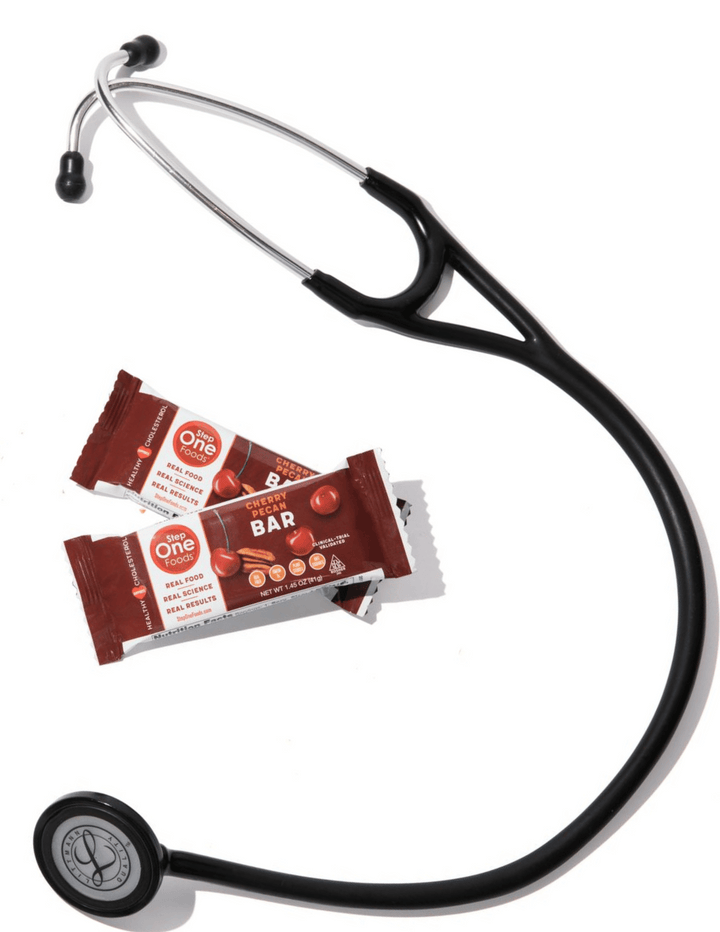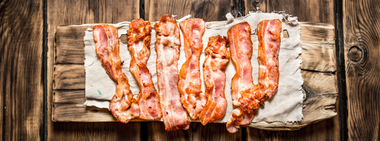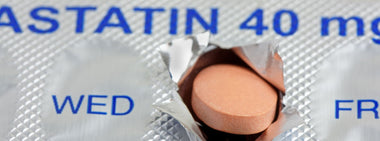What I tell my patients: How I explain heart disease

Coronary arteries are the small (slightly bigger than cooked spaghetti noodles) blood vessels which provide the heart muscle with its own blood supply. Just like the arteries in your legs supply blood to the leg muscles so you can walk or run, the coronary arteries supply blood to your heart muscle so it can beat.
Coronary artery disease is the process by which gunk (“atherosclerosis”, “plaque”) builds up in the walls of the coronary arteries. This gunk is made up of many different components including cholesterol, fat, inflammatory cells, calcium, muscle cells, and fibrous tissue. As more and more gunk builds up in the arteries, the lumen of those arteries (the hole/channel through which blood flows) becomes progressively smaller such that eventually the flow down the artery is insufficient to meet the demands of the heart muscle. That’s when people start to experience chest pain or shortness of breath with activity.
Here’s what happens with exercise: as we begin to get active (eg. Go for a brisk walk), our leg muscles demand a more robust blood supply to get the oxygen and nutrients that the leg muscles need to allow us to move. This means that our heart has to pump faster and with greater pressure to get that blood to the legs. This in turn means that the heart muscle works harder and the heart muscle itself begins to make its own blood flow and nutrient demands.
As the heart muscle works harder, the coronary arteries respond by dilating so that the artery lumen increases in size and more blood can flow down the arteries to get oxygen and nutrients to heart muscle. Using this mechanism, blood flow down normal coronary arteries can increase up to 5 times over flow at rest. Even with strenuous exercise, we don’t demand much more than a 2-3 fold increase in flow over the baseline so we have a big reserve built in.
Here’s the most important point about all of this – because we have a big reserve built in, it takes A LOT of gunk to overwhelm the supply/demand balance – especially if we don’t demand much from the heart in the first place. By the time patients feel chest pain or shortness of breath with activities, by the time they have an abnormal stress test, they often have blockages that have obstructed over 70% - even over 90% - of the lumen of their arteries. And guess what? That gunk didn’t build up overnight – it takes YEARS, even decades to get to this point. This is why someone can be fine until "out of the blue" they fail a stress test and need quintuple bypass surgery. That person hadn't actually been "fine" for many years - they had just been slowly losing their reserve.
But here's the good news: Because this build up takes years, we have LOTS OF OPPORTUNITY to alter this process if we jump on the bandwagon early enough. And how can we affect this? By addressing all the modifiable risk factors for plaque building up, which includes:
Many patients assume that this process carried to the extreme (gunk slowly building up until it causes a 100% blockage) is what causes a heart attack. Actually, this is NOT the way heart attacks happen. Heart attacks happen by a different mechanism -- endothelial injury.
Endo-what???? The endothelium (en-dough-THEEL-yum) is the innermost lining inside coronary arteries. It is a very thin delicate layer of cells which covers up the tissues which make up the artery wall – much like skin covers the tissues of our hands. As gunk builds up within the artery walls (and here’s the major point) – ANY amount of gunk – the endothelium gets stretched and becomes more vulnerable to injury/to breaking down/to sloughing. So, as plaque builds up it might not necessarily do so quietly. Sometimes plaque deposits (even minor ones) will burst open into the lumen of the artery – like a boil bursting.
And here's where those modifiable risk factors come in again - the presence of ANY uncontrolled risk factors makes plaque deposits more unstable - more likely to rupture. It's like those risk factors are pins floating around in the bloodstream. A pin hits a plaque boil, and it bursts open. The more uncontrolled risk factors you have, the more pins are floating around.
And this can set off a whole series of unfortunate events...
If the endothelium breaks down or the plaque ruptures, the raw tissue underneath is exposed to the inside of the coronary artery – much like if you burst a boil on your hand and the raw tissue underneath were exposed to the air. The body’s automatic reaction would be to try to heal that area of raw tissue. On your hand, you would form a scab so the tissues underneath had a chance to heal and the skin would have a chance to grow back. On the inside of a coronary artery, the body responds by making a little blood clot at the site of injury to cover the raw area up so it has a chance to heal and the endothelium has a chance to grow back. That blood clot is the body’s equivalent of the scab on your hand.
But remember that coronary arteries are small blood vessels – only slightly larger than spaghetti noodles. So – if the blood clot is big enough, it can completely block flow down the coronary artery – an inadvertent bad consequence of an initially self-healing response. This is how a heart attack happens – by a SUDDEN CHANGE in blood supply to the heart muscle.
Which explains why someone could pass a stress test with flying colors on Monday and then drop over dead on Wednesday. That person did not have significant blockages (so they passed the stress test), but they did have vulnerable endothelium or unstable plaque which broke down and caused a heart attack.
The reason why people who have extensive coronary disease (and fail a stress test) are at higher risk of having a heart attack is that they have more gunk in their arteries in general, and more of their endothelium is at risk for breaking down, and more of their plaque could be unstable. They also start off with smaller coronary lumens, so a smaller clot could plug up the flow.
Here are some important messages to take away:
- a normal stress test, though reassuring and a good baseline, does NOT mean that you don’t have ANY coronary artery disease
- a normal stress test result is NOT a free pass to poor lifestyle choices or to ignoring any risk factors you may have for developing heart disease
- even if you do not have any symptoms of heart disease, the process may be progressing inside your body and you could be faced with a sudden major life altering event OUT OF THE BLUE if you continue to ignore any risk factors you have
- the SAME risk factors which cause gunk to build up inside our arteries also make the endothelium more vulnerable to breaking down and make plaque unstable
- controlling your risk factors not only prevents the need for bypass surgery and stents but also prevents the occurrence of heart attacks (and strokes).
And this is where nutrition comes in and why it's so critical -- what we eat affects 5 out of the 7 modifiable risk factors for heart disease (high cholesterol, high blood pressure, high blood sugar/diabetes, excess weight, poor diet)!
So every time you make a better food choice, or pick up a Step One product, know that you're not just merely eating better, you're actively helping to prevent heart disease -- in ALL its forms.
Read the rest of the 6 part blog series "What I Tell My Patients":

Tested & Proven Results.
- Cardiologist formulated
- Supported by over 500 publications
- Clinically-proven, in a double-blind randomized trial with Mayo Clinic and The University of Manitoba
80% of participants lowered their cholesterol in just 30 days. With just two servings per day, Step One Foods offers a proven-effective way to naturally lower LDL (bad) cholesterol.
Get heart health tips and articles like this, delivered right to your email.
New articles every week.
You may also like...

Spring Into Heart Health: The Best Seasonal Foods to Eat Now

You don’t need to avoid foods with cholesterol…except for these



